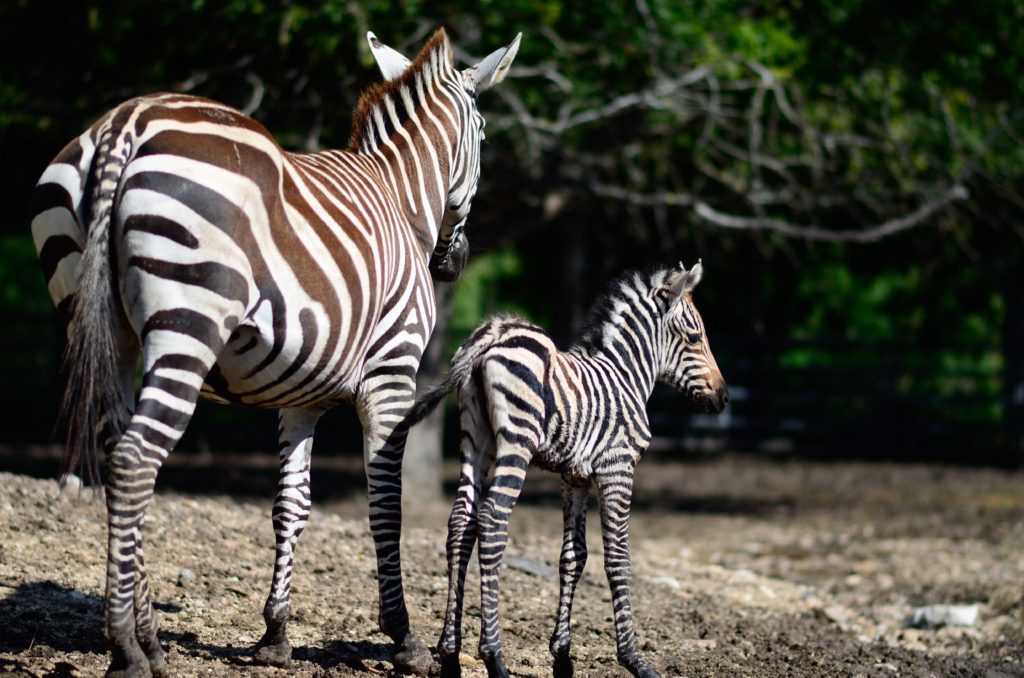risques-niger.org – The Grant’s zebra, a captivating member of the equine family, graces the African savanna with its striking black and white stripes. This subspecies of the plains zebra is a common sight in the Serengeti-Mara ecosystem and other regions across central Africa. With its distinctive appearance and fascinating social structure, the Grant’s zebra remains a beloved icon of the African wilderness.
Physical Characteristics
The Grant’s zebra is readily identifiable by its unique stripe pattern. Unlike other zebra subspecies, its stripes are broad and well-defined, often meeting at the belly and continuing onto the legs. The vertical stripes on the front transition into horizontal stripes on the back legs, while the rump and hind flanks display a diagonal pattern. This intricate design serves multiple purposes, including camouflage, thermoregulation, and individual recognition.
Habitat and Distribution
Grant’s zebras are primarily found in open grasslands, savannas, and open country across East and Southern Africa. They thrive in areas with abundant grass, which forms the foundation of their diet. Their range extends from Southern Sudan and Ethiopia in the north to central Angola and eastern South Africa in the south.
Social Behavior
Grant’s zebras are highly social animals, living in stable family groups or harems. A typical harem consists of a single stallion, several mares, and their offspring. Stallions fiercely defend their harems from rival males, establishing a strong social hierarchy within the group. Mares typically remain within their natal harem for life, forming strong bonds with other females.
Diet and Foraging
As grazers, Grant’s zebras primarily feed on grasses, although they may also consume leaves, twigs, and bark. Their diet varies seasonally, adapting to the availability of different plant species. They play a crucial role in shaping the savanna ecosystem by grazing and trampling vegetation, which can benefit other herbivores and promote plant diversity.
Reproduction and Life Cycle
Grant’s zebras are seasonal breeders, with births typically occurring during the wet season when food is abundant. Gestation lasts for approximately 12-13 months, after which a single foal is born. Foals are precocial, meaning they are able to stand and walk shortly after birth. They remain with their mothers for several years, learning essential survival skills and forming strong bonds.
Conservation Status
While the Grant’s zebra is currently listed as “Least Concern” by the IUCN Red List, it faces several threats, including habitat loss, human-wildlife conflict, and disease outbreaks. Conservation efforts are focused on protecting their habitat, mitigating human-wildlife conflicts, and addressing the challenges posed by infectious diseases.
Conclusion
The Grant’s zebra is a remarkable species that embodies the beauty and resilience of the African savanna. Its striking appearance, complex social structure, and vital role in the ecosystem make it a captivating subject for wildlife enthusiasts and scientists alike. By understanding and appreciating this iconic species, we can work towards ensuring its long-term survival for generations to come.
